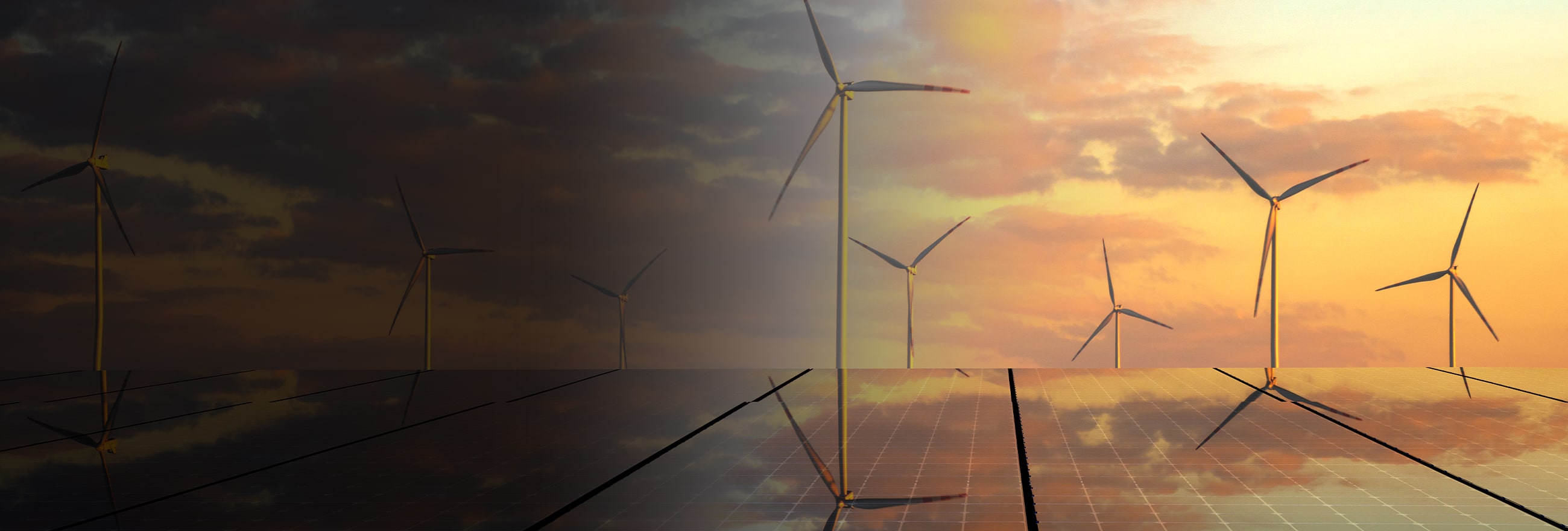Clifford Chance experts share their views on the themes that will shape the M&A market in 2023
We are currently witnessing a slowdown from the deal-making heights of 2021 and early 2022, as geopolitical instability, inflationary pressure and interest rate rises have dampened M&A activity. While these issues will persist for some time, cooling the market overall, we are confident there will be busy pockets of deal-making activity in 2023.
Sarah Jones, Global Head of Corporate, says:
"The cost of, and access to, capital will shape global M&A on multiple fronts in 2023. As debt matures, large corporates will seek to deliver balance sheets, driving carve-outs and non-core asset sales. The strong dollar should support US-based corporates as key buyers. Meanwhile, faced with more expensive debt markets, we expect financial investors to look for ever-more complex, creative opportunities, and green investments."
Riaz Pirmohamed, Senior Associate in our London Corporate Transactions and Advisory practice, adds:
"Deal-making activity will be driven in part by growth strategies shaped by government policy and regulation, particularly around climate and infrastructure, as governments look to stimulate economic recovery. However, the current systemic risks are also causing countries and economic blocs to insulate themselves through protectionist regulatory action, presenting challenges for efficient deal execution.
Digital infrastructure and the energy transition are sectors to watch. We expect them to generate significant cross-border M&A as investors target both attractive returns and social impact. Meanwhile tech is heading for a calmer period, with a steady, more sober approach to deal-making and a focus on more rigorous diligence in light of recent high-profile governance failures. We also anticipate activity in other sectors where companies have strong balance sheets with the capacity for large M&A, as well as a strategic imperative to do so, such as healthcare companies facing a looming expiry of patents over key drugs."
 Clifford Chance
Clifford Chance











